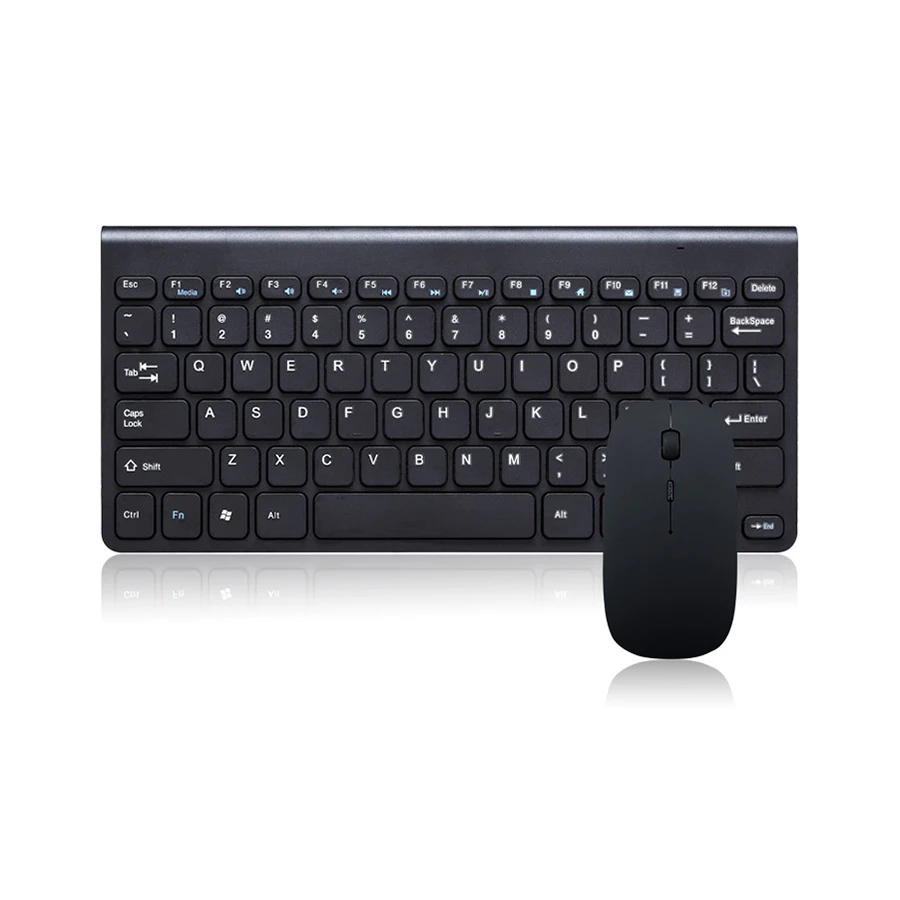

: 385 Consideration of physical ergonomics suggests the most relaxed typing position is one in which the keyboard user's forearms are parallel to the ground, with wrists held straight. For instance, typing on a conventional keyboard layout can force the user into shoulder elevation, wrist ulnar deviation, and head rotation.

In general, ergonomic keyboards are designed to minimize awkward user wrist positions and finger motions by rearranging and/or repositioning the keys. Several potential solutions have been proposed since at least 1926. However, the legacy mechanical layout has numerous idiosyncrasies, including the staggered column layout, which can force the user into uncomfortable, repetitive movements and postures. The offset in the columns between rows was designed to accommodate the physical links between each key and the internal mechanisms of the typewriter as typing duties transitioned to electric (motorized) typewriters and then computers, the layout was retained to ease the transition for users that had already been trained to type. Latham Sholes and patented in 1878 research indicates the layout may have been influenced by telegraph operators. The common QWERTY keyboard layout is credited to the mechanical typewriter designed by C. An ergonomic keyboard is a computer keyboard designed with ergonomic considerations to minimize muscle strain, fatigue, and other problems.


 0 kommentar(er)
0 kommentar(er)
